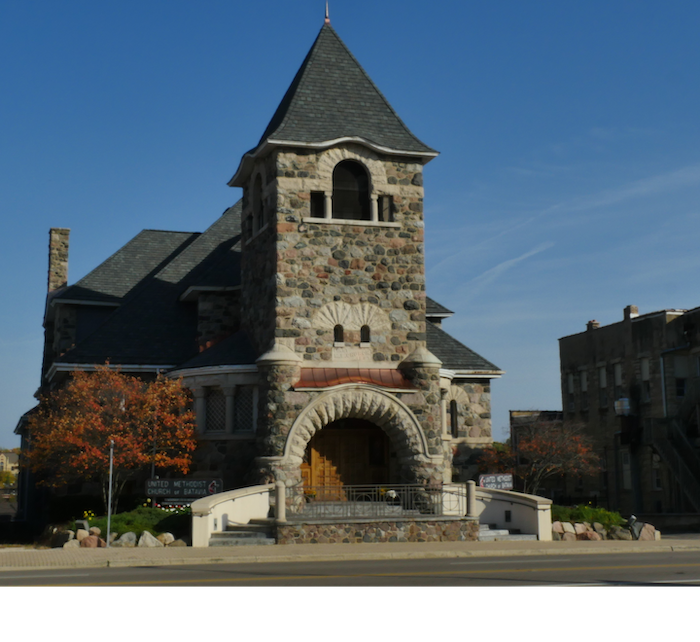
A Brief History Of Batavia United Methodist Church
The following historical information was provided by Scott McCullagh and can be found in more detail in his book “The Past Is Prologue” The History of the United Methodist Church of Batavia, Illinois at its 175th Anniversary, 1836 -2011. Scott’s book can be found at the Batavia Public Library.
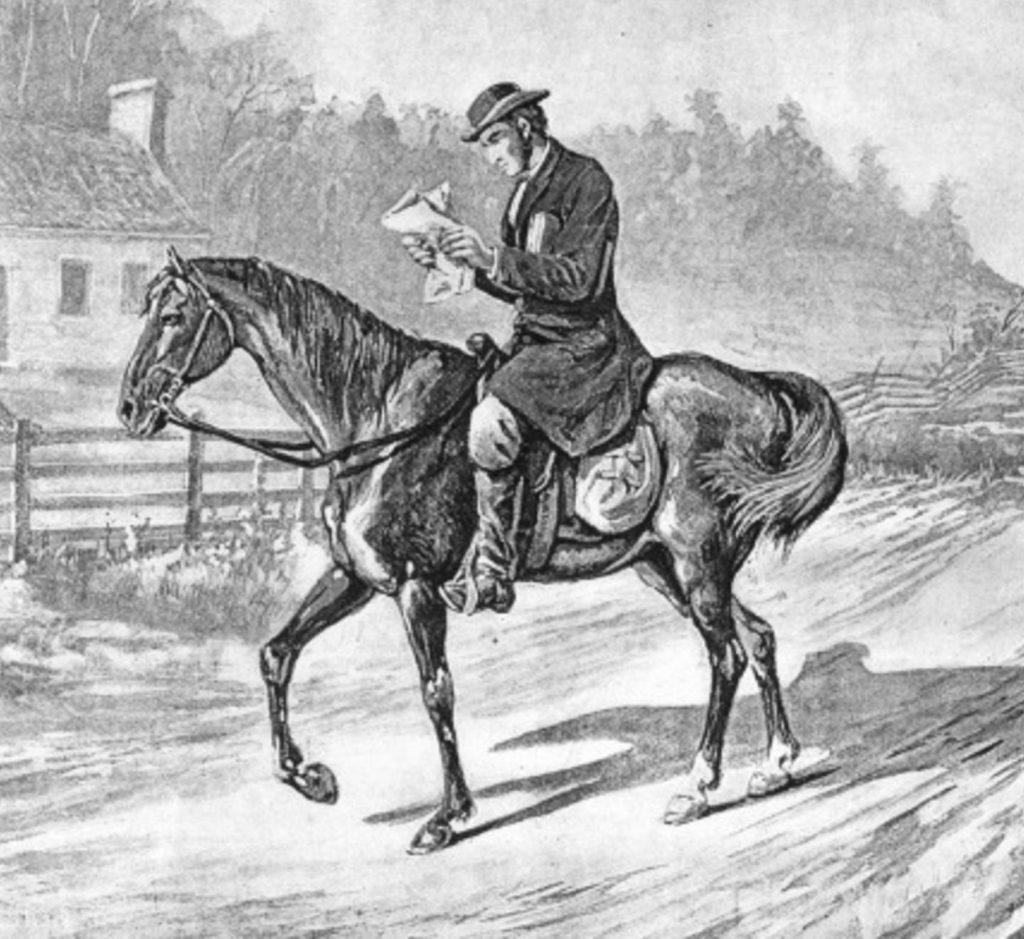
Early Church
In the early 1800s the story of the Batavia Methodist Church began with the settlement of the Fox River Valley, an area west of the village of Chicago.
The early Methodist churches of the Fox River Valley were served by circuit riders. These preachers traveled on horseback from pioneer cabin to pioneer cabin and between early settlements.
In 1836, at the request of a prominent early settler of Batavia, William Van Nortwick, a circuit rider was dispatched to serve the Methodist of the Fox River Valley. Reverend David Blackwell, served the towns of Charleston (now St. Charles), Geneva, and Batavia. In Batavia, classes were held for 16 years in the residence of William Van Nortwick.
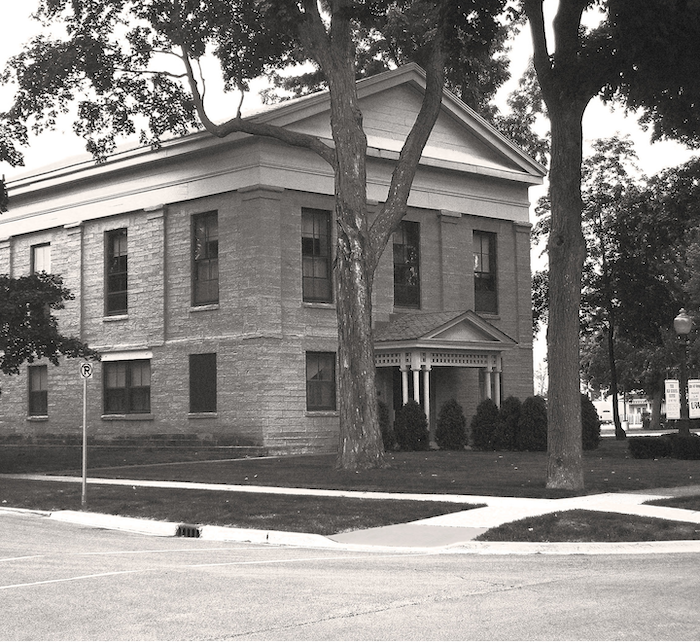
First Church Building
In 1852, the first Methodist church for Batavia was built. It was constructed of native limestone in the Greek Revival style of two stories with a balcony and tower. Reverend Elijah H. Gammon was appointed full-time pastor of the church. Reverend Gammon later retired from active ministry due to health issues, and became a successful businessman.
After serving as the Methodist Episcopal Church until 1888, the building was purchased by the Batavia School District. This building still stands at the corner of First Street and South Lincoln Avenue on Batavia’s west side.
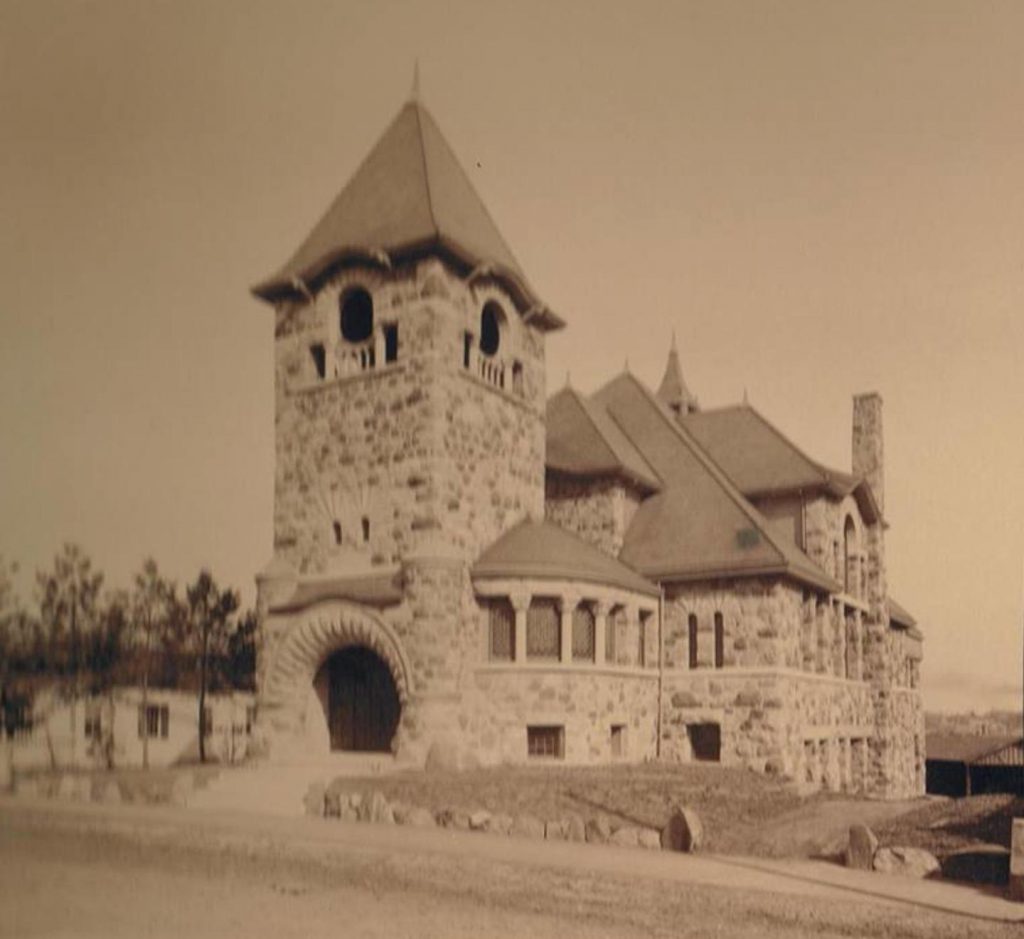
Current Church Building
The current church building, located on Batavia Avenue, was constructed in 1887 with funds donated by Elijah H. Gammon and local industrialist Don Carlos Newton. The church is in the French Romanesque style and was designed by famed Chicago architect Solon Spencer Beman.
The exterior of the church is constructed of field boulders by local stone mason Isaac S. Stephens. Approximately three fourths of the boulders came from Stephen’s own farm which was located just north of what is now Mooseheart, on Batavia Avenue.
The interior carpentry work of finished Georgia pine was done by W. J. McAlpine, of Sycamore, Illinois. The pews of red oak were manufactured by Haynes, Spencer, and Company of Richmond, Indiana.
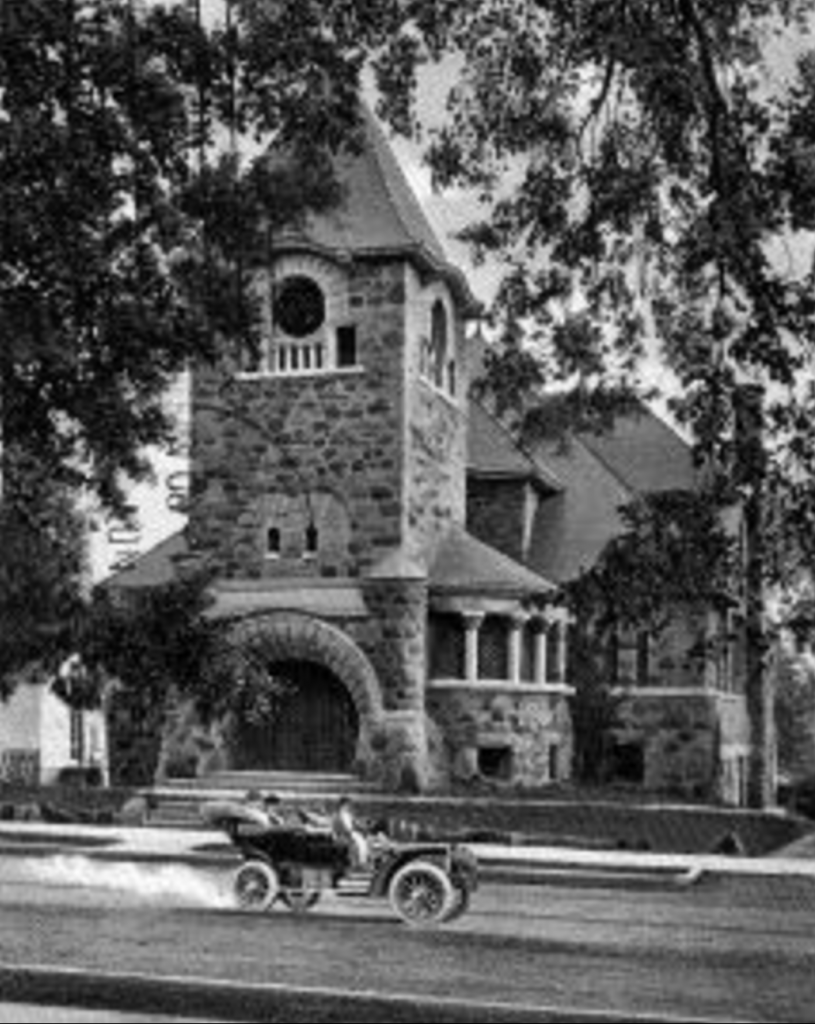
A Century of Changes
In 1906, the church board voted to build a gym, and for many years this was the only gym in Batavia. In 1912, the gym was home court for the 1912 state champion Batavia High School Basketball Team. In 1917, the gym was sold to Hubbard and Johnsons. In 2015, the Hubbards sold the building back to Batavia UMC.
The mid 1900’s began a series of name changes for the church.
1940- The church’s name was changed from Batavia’s First Methodist Episcopal Church to First Methodist Church.
1971 – The McKee Street United Methodist Church and the First United Methodist Church voted to merge. With only one Methodist church in Batavia, the “First” in its name was no longer necessary. The church is now Batavia United Methodist Church.
On July 28th 1983, the church was entered in the National Register of Historic Places. A copy of the nomination form can be viewed here. The form contains additional information regarding the construction of the church.
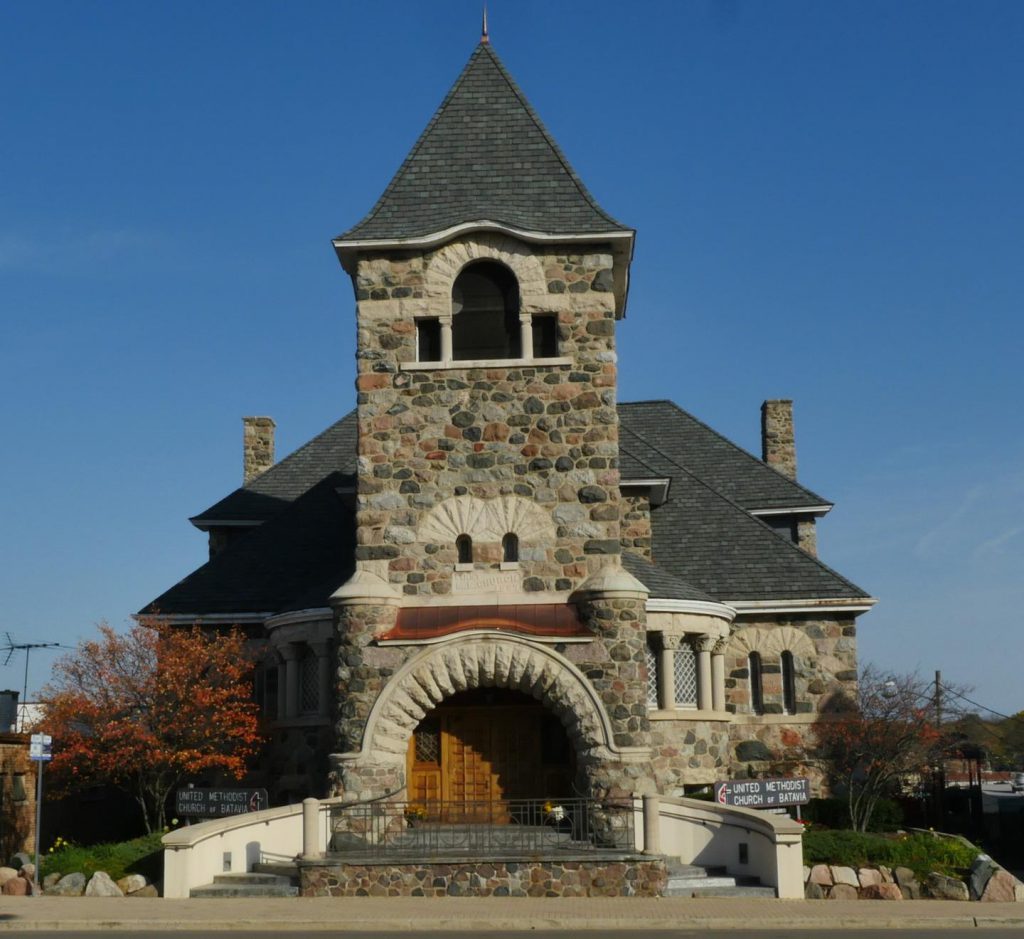
Reaching Out – Welcoming All
In 1991, an addition to the church was constructed to expand and modernize the church. This addition consisted of classrooms, a Fellowship Hall, a more efficient kitchen, offices, expanded nursery facilities, a space for choir rehearsal, a work room, and storage.
In 2007, Batavia United Methodist Church launched an outreach site in Aurora, Illinois called Flowing Grace. On June 1, 2014, the site was chartered and renamed Flowing Grace United Methodist Church.